Toy Poodles generally have long, happy and healthy lives, largely due to the diligent efforts of responsible breeders who regularly test their breeding stock. However, like any breed, there can be some health concerns to be aware of. Some of the health issues that can affect Toy Poodles include hip dysplasia and various eye disorders. Additionally, idiopathic epilepsy, sebaceous adenitis, von Willebrand's disease and immune-mediated disorders may occur in the breed on occasion. In terms of orthopedic problems, Legg-Calve-Perthes and luxating patellas are more commonly observed in Toy and Miniature Poodles compared to the Standard variety. It's important for potential owners to be aware of these potential health issues and to choose a reputable breeder who prioritizes the health and well-being of their dogs. Regular vet check-ups, a balanced diet, proper exercise and a loving home environment can all contribute to the well-being of a Toy Poodle. Health Assessment Recommendations from the Breed's National Association:
|
Poodle (Toy)
ATTRIBUTES: Intelligent, Agile, Self-Confident
GROUP: Toy Group
ACIVITY LEVEL: Energetic
BARKING LEVEL: Likes To Be Vocal
COAT TYPE: Curly
COAT LENGTH: Long
SHADDING: Infrequent
SIZE: XSmall
TRAINABILITY: Eager To Please
CHARACTERISTIC: Smallest Dog Breeds, Smartest Breeds of Dog, Hypoallergenic Dogs
Breed Overview

Ancestry
Water Dog, Barbet

Origin
Germany

Registration
1887
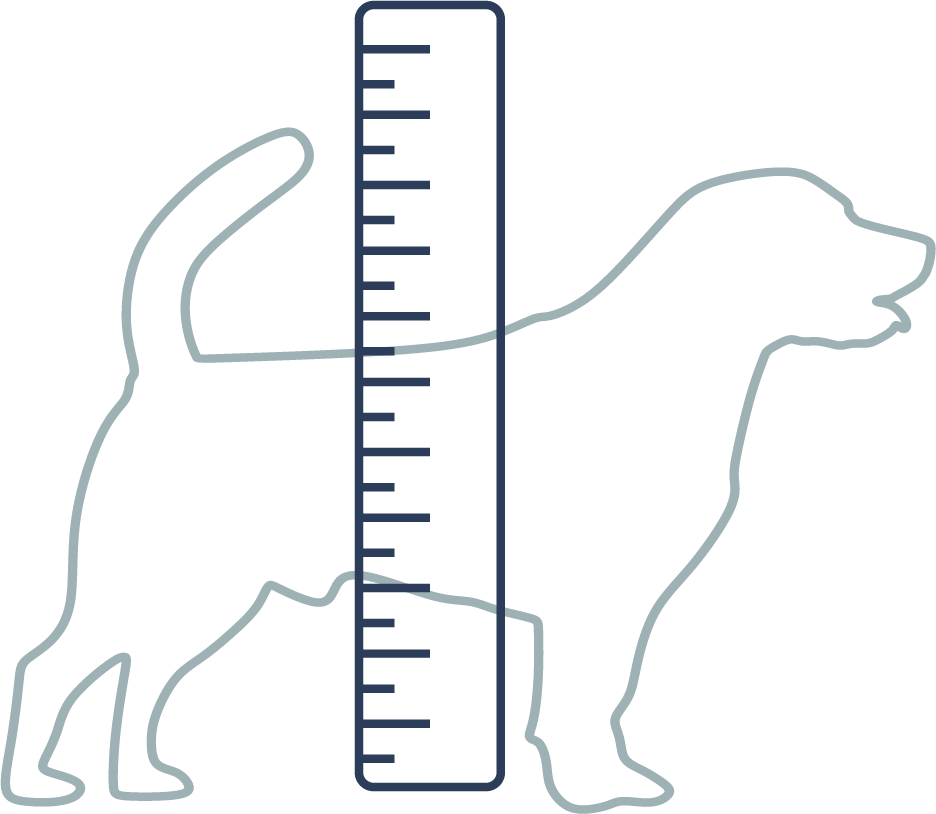
Size
No more than 10 Inches
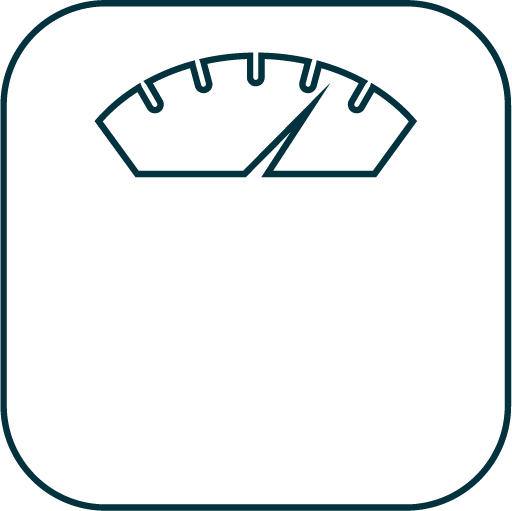
Weight
4 - 6 Pounds

Expected Life
10 - 18 Years

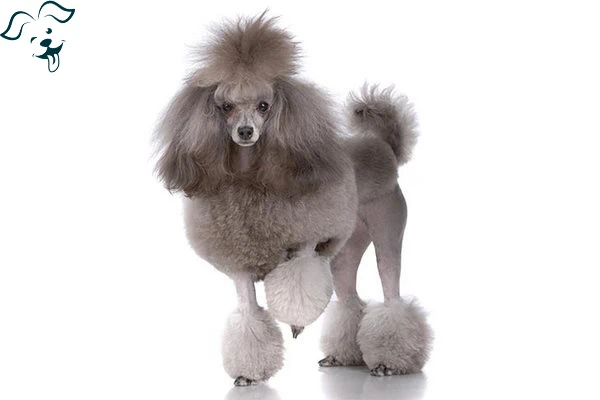
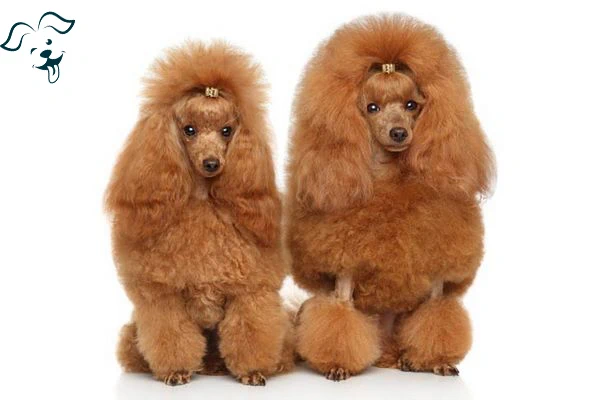
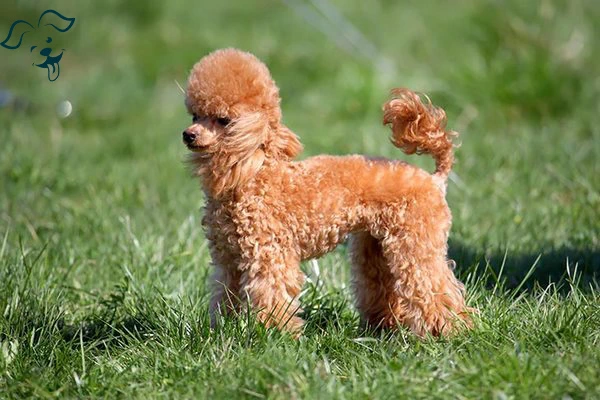





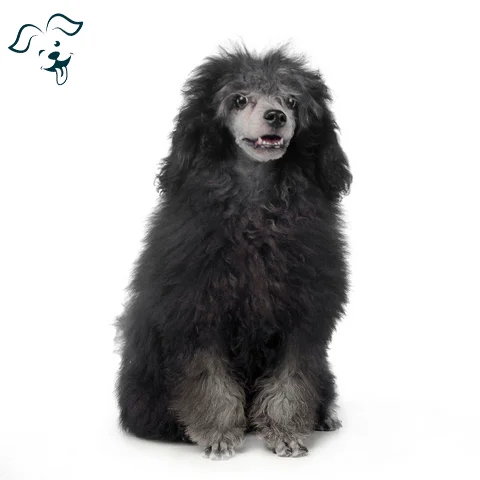

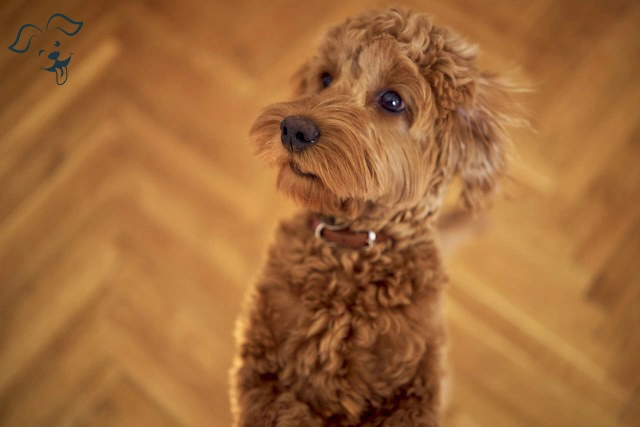
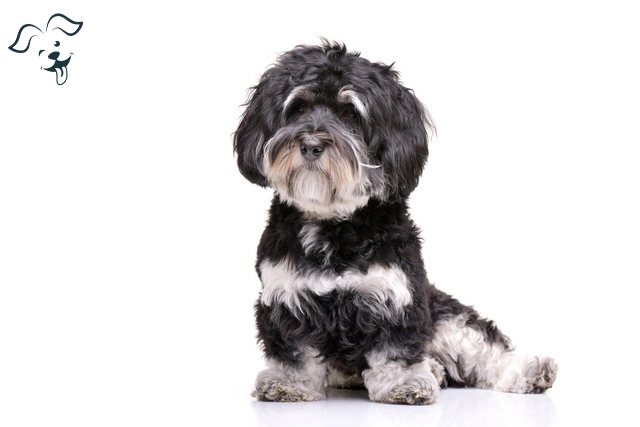
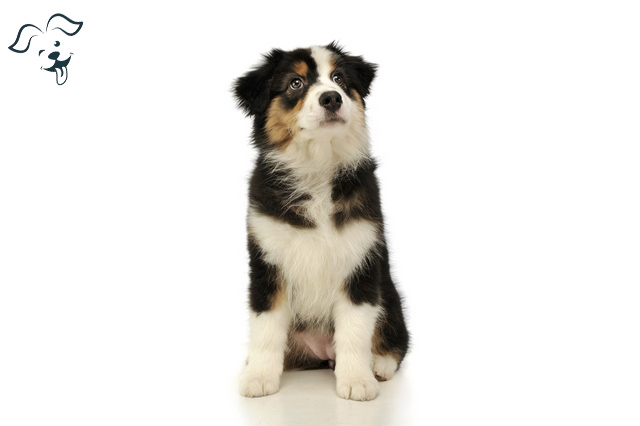
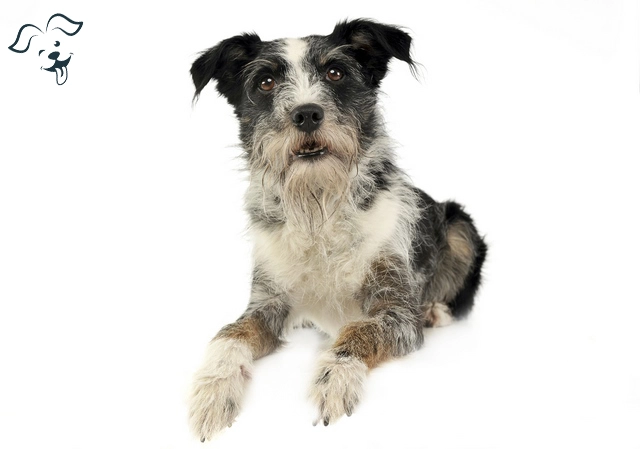

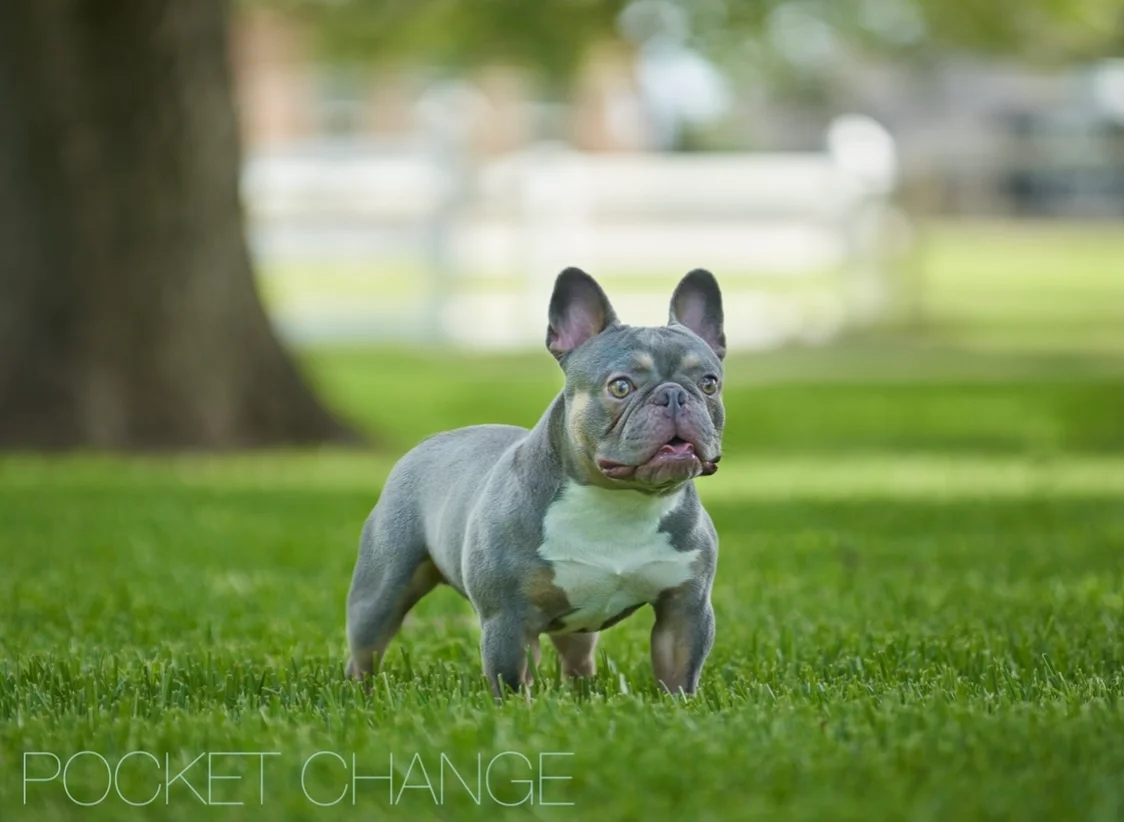
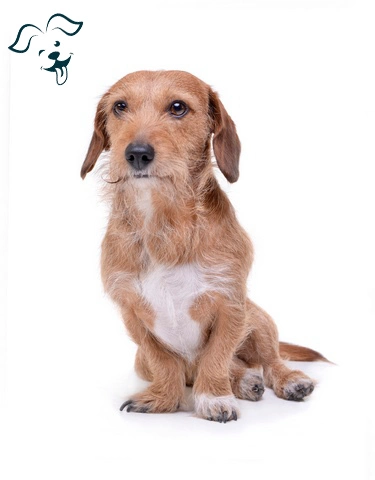
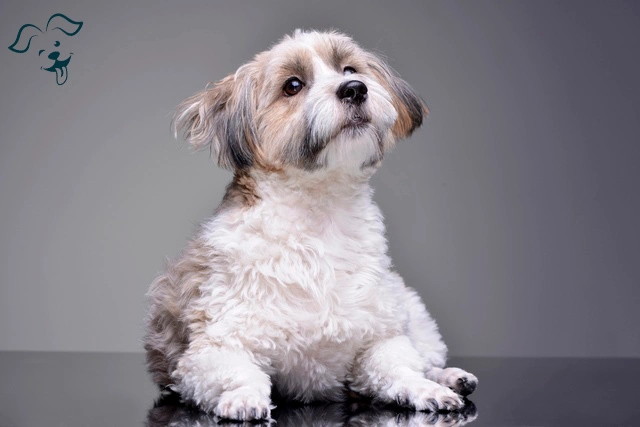

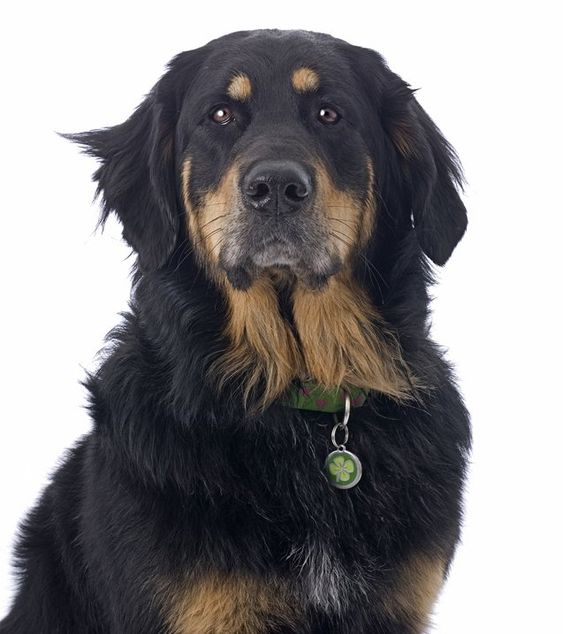
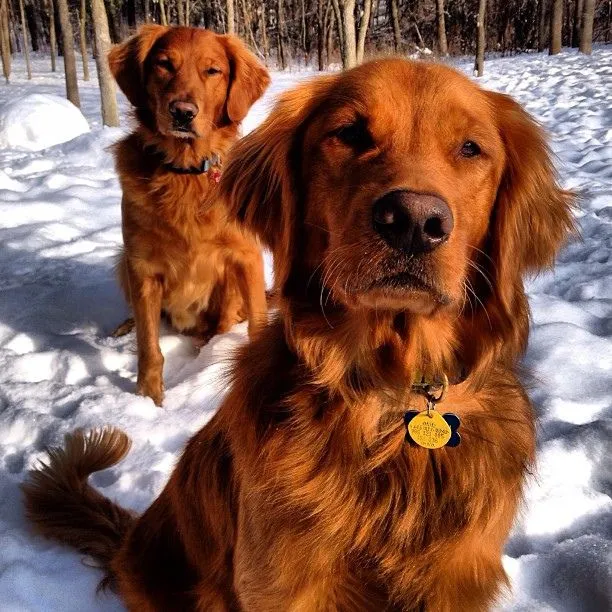
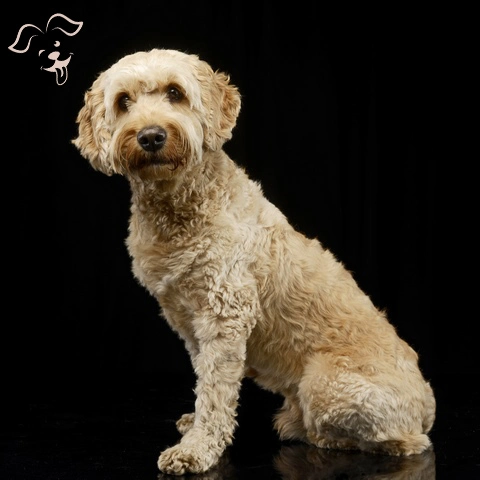
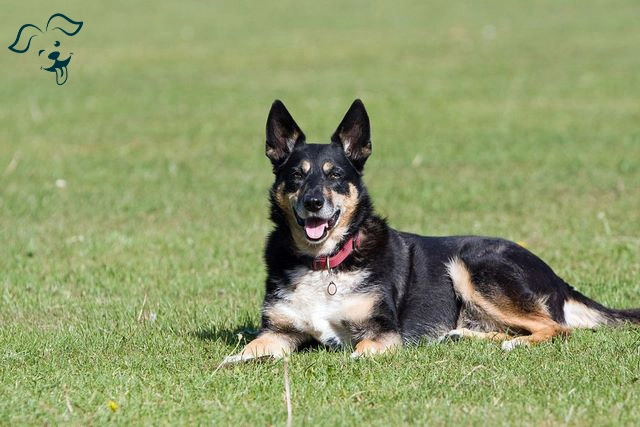
FRIENDLINESS
LIVELINESS
VIGILANCE INTENSITY
ADAPTATION CAPACITY